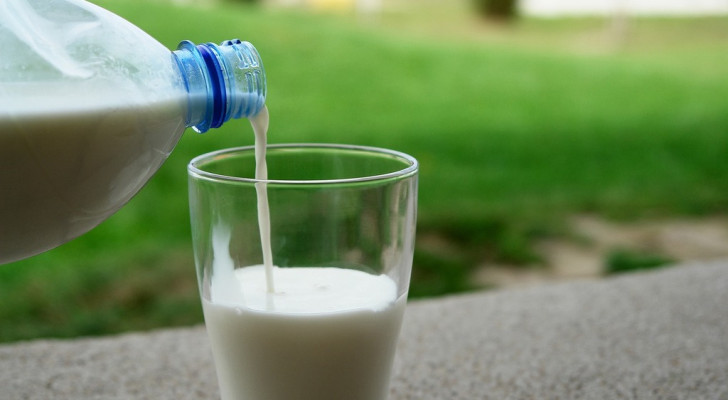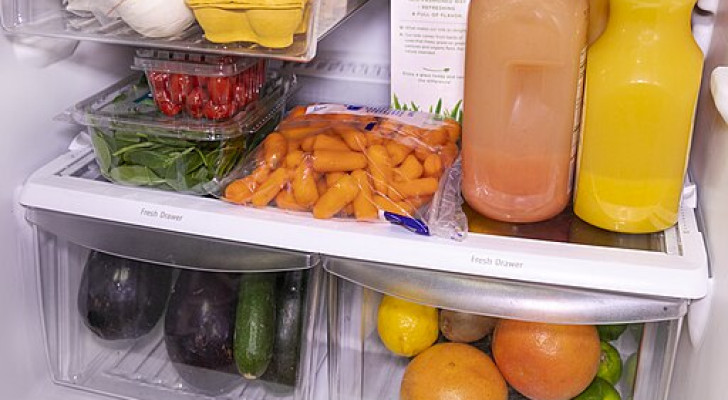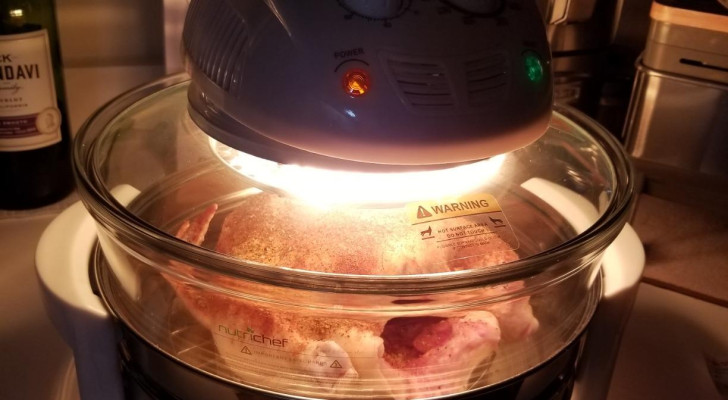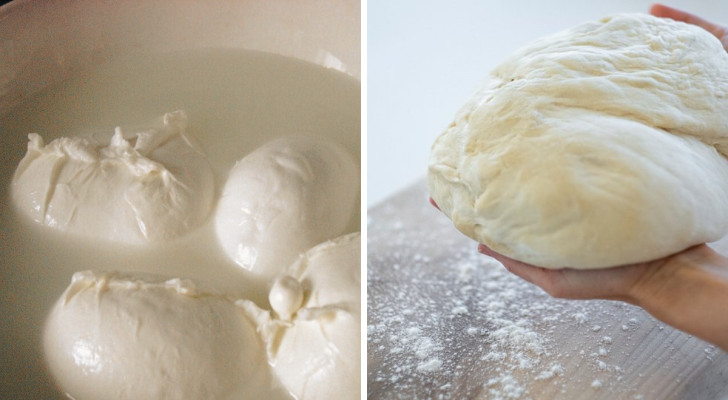Freezing fresh, live brewer's yeast is possible: here's some useful tips
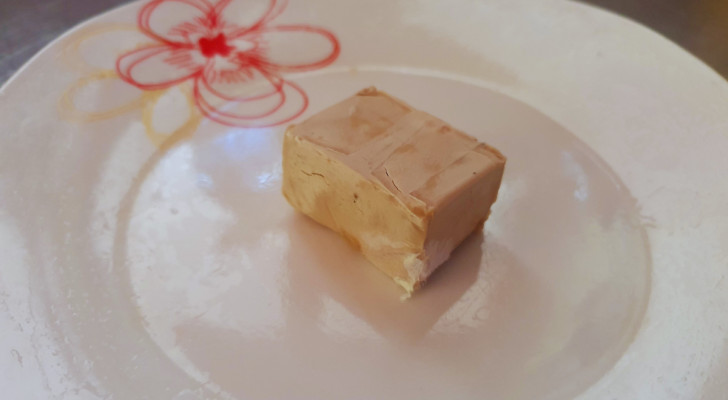
Creativo
Indispensable for many leavened foodstuffs, fresh, live brewer's yeast is an ingredient that those who love baking cannot do without. But fresh yeast is a highly perishable product with a very short shelf life (expiration period). So, what can you do when you have fresh yeast on hand that will definitely expire before you can use it? Well, you can freeze it, and we show you how here:
How to freeze fresh yeast
Fresh, live yeast cannot be kept in a fridge for more than seven days, especially if the packaging has been opened (and no matter how you've resealed it). If you put it in the freezer, however, you can keep it for another month or even a little longer (although it is best to consider 30 days as the cut-off).
There is only one precaution you need to remember when it comes to freezing yeast: it must not come into contact with air. This means that you can only really successfully freeze cubes of yeast that have not yet been opened.
Additional precautions
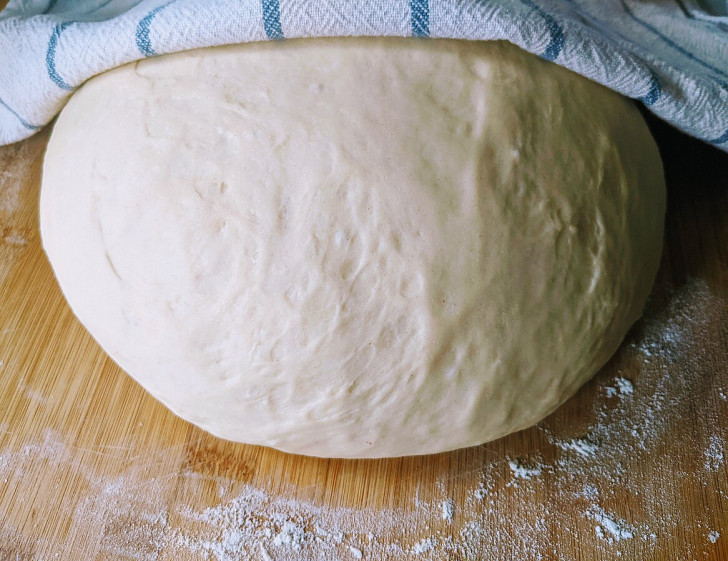
Gageills/Wikimedia Commons (CC0 1.0)
So what if the package of yeast has been opened? Well, you can still try to freeze it, but, as stated above, there is no guarentee the yeast will still be live when defrosted: wrap the yeast in cling film, or better still, put it in a vacuum-sealed bag.
And what about defrosting? When it's time to remove the yeast from the freezer, you have two options:
- You can let it defrost in its packaging in the refrigerator, or;
- You can break it into pieces and immediately dissolve these pieces in warm water. Always remember not to use water that is too hot, as this will kill the yeast.
The second method seems to given the best results: dissolve the frozen pieces of yeast in a glass of warm water, immediately adding a teaspoon of sugar to reactivate the yeast.
Avoid freezing fresh yeast that has already expired. But don't throw expired yeast away: you can still reuse it as an all-natural fertilizer for your plants.
